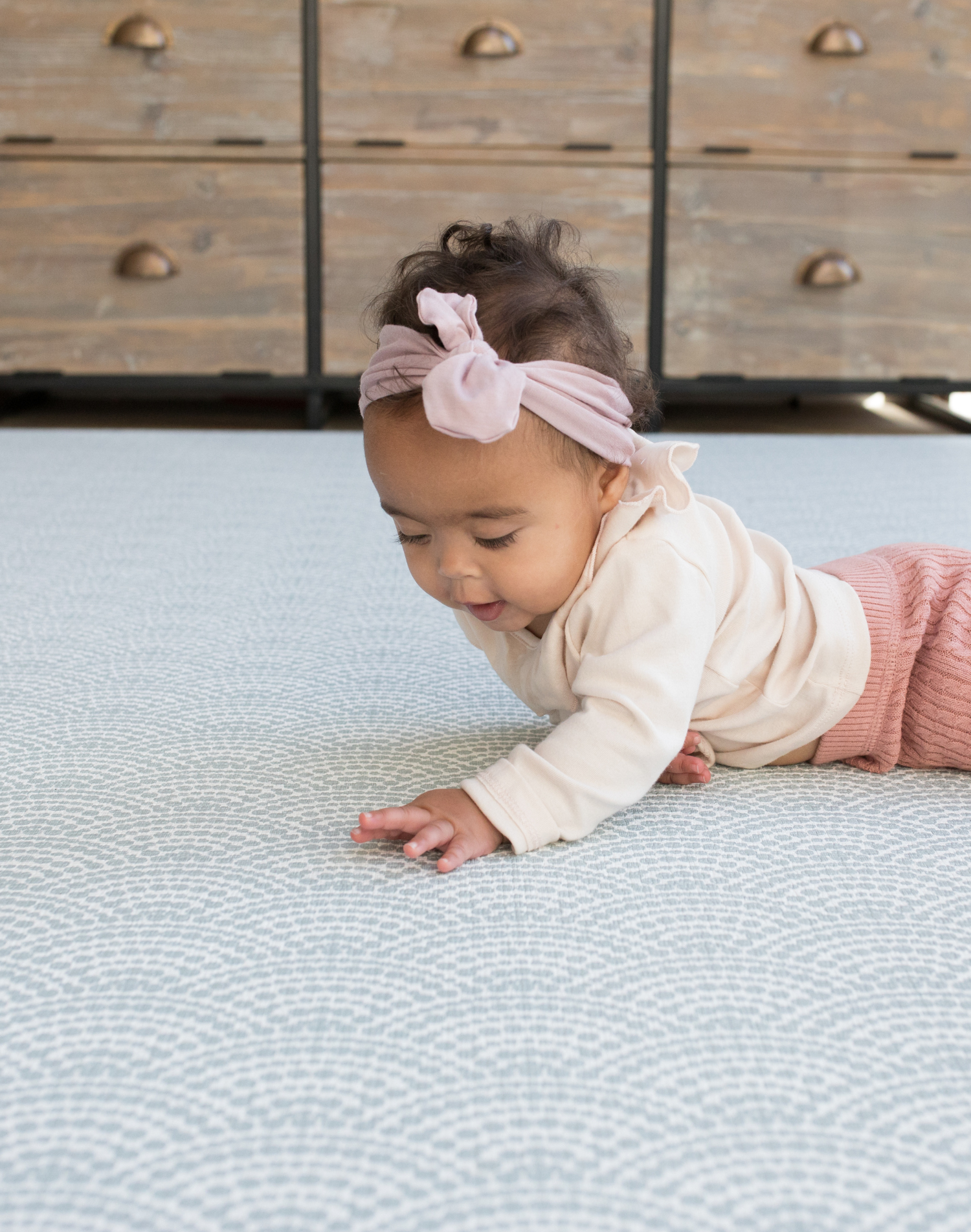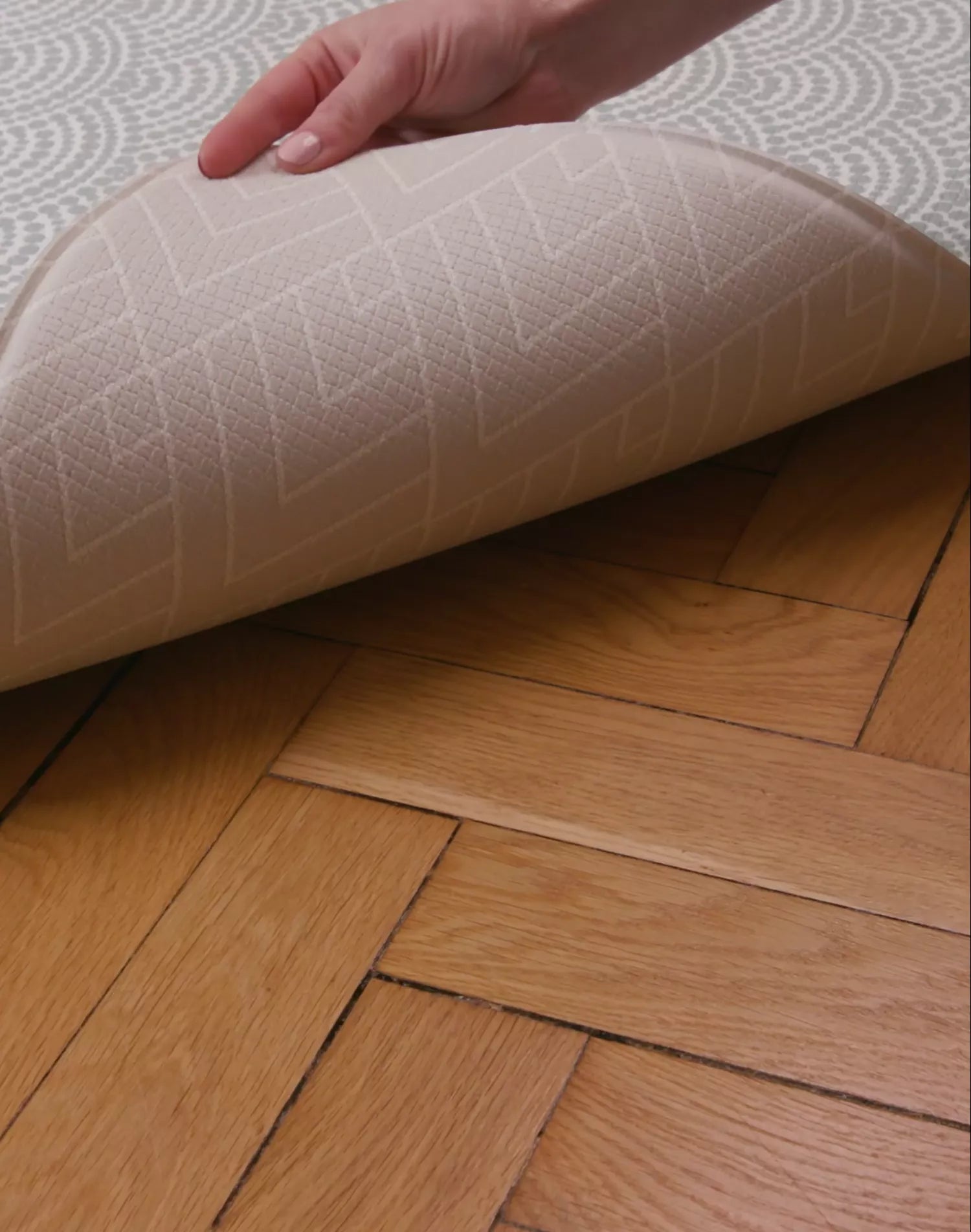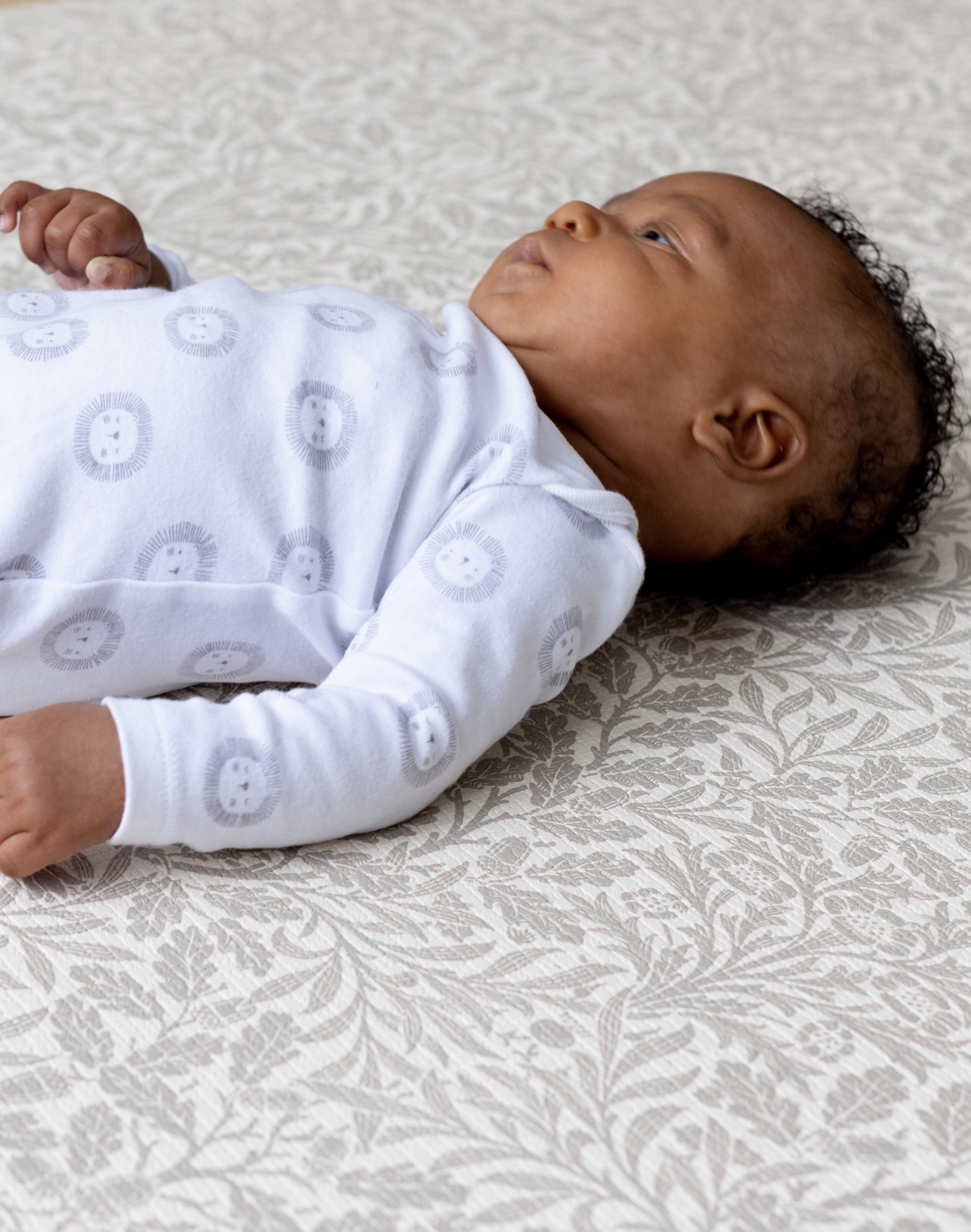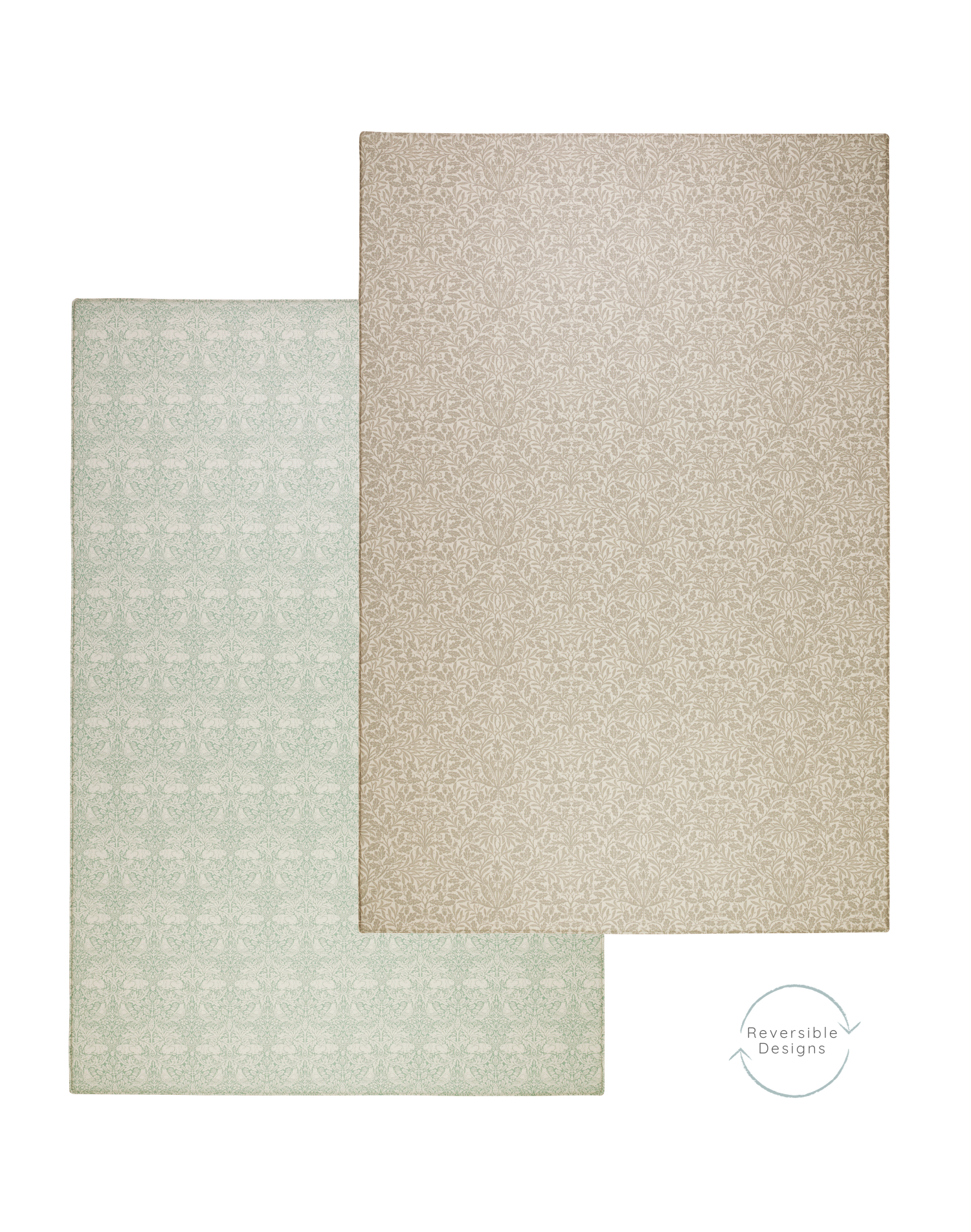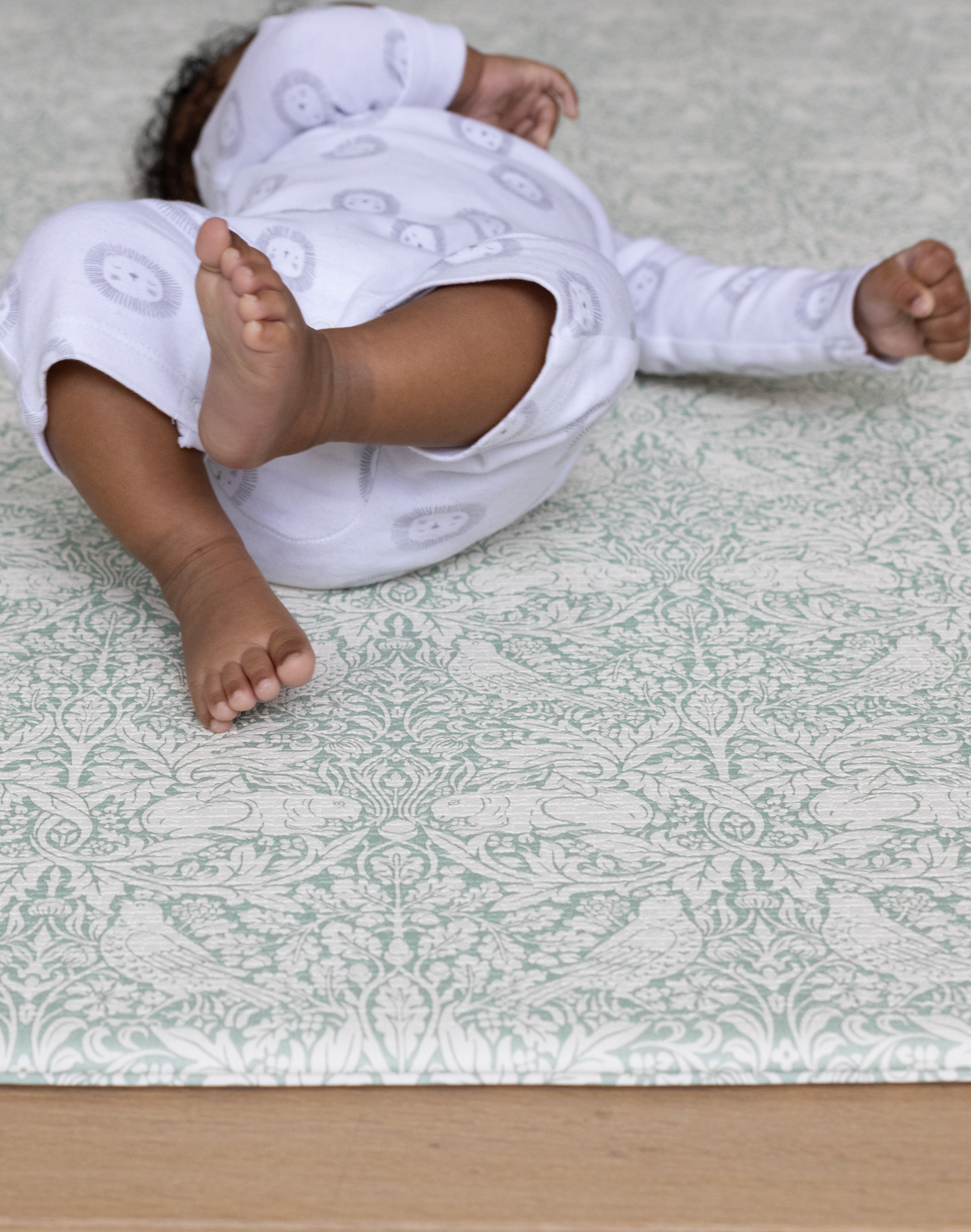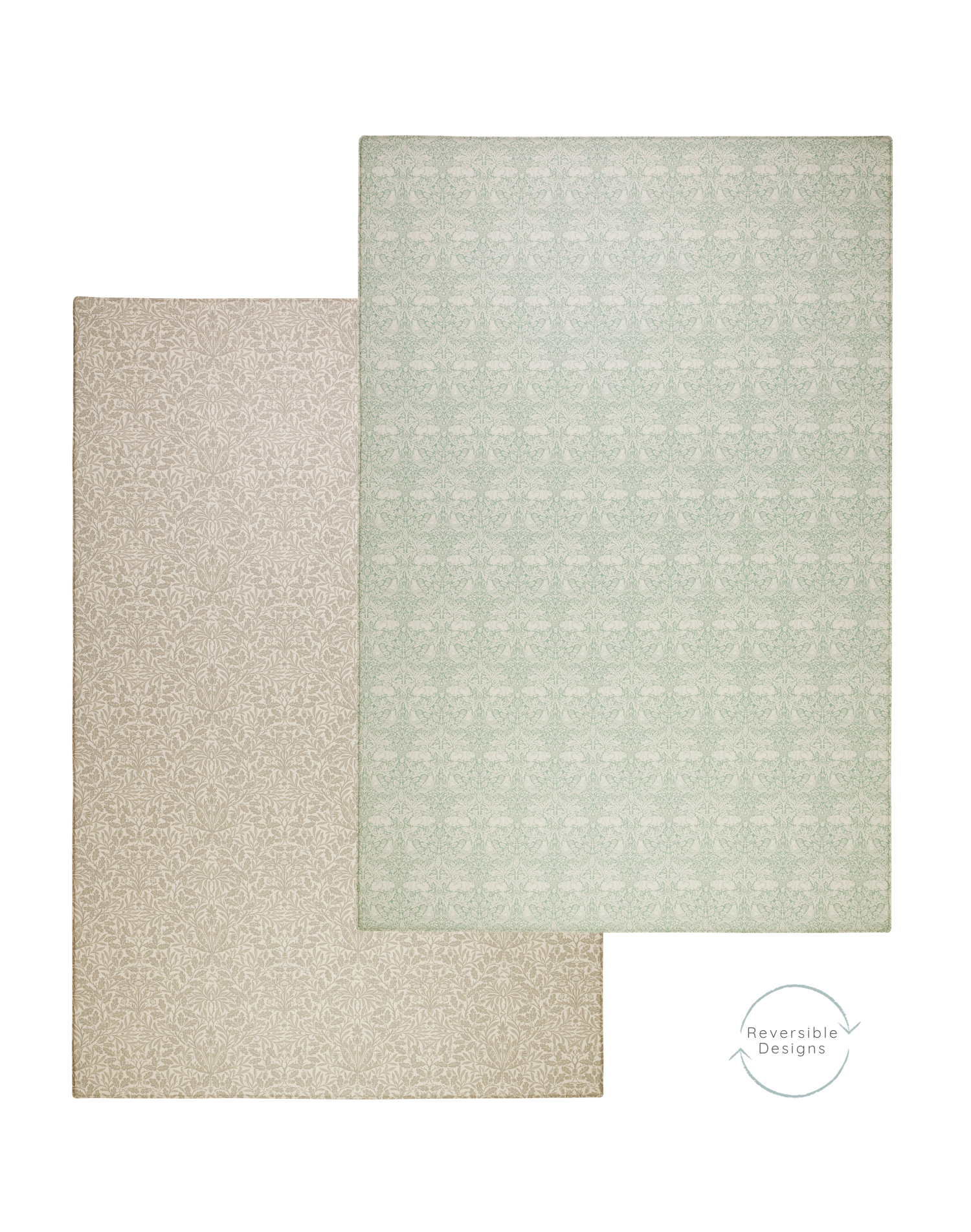What child does not like animals? You have most probably been to your local visitor farm and zoo a dozen times, but have you ever thought about how you could engage all your children with lions, zebra, giraffes and hippos at home?
Following on from our construction focused Family Play, here we dive into to the topical world of habitats and animals for all your children - meaning you can all play together.
What you need:
- a box!
- paints
- moss/ grass trimmings
- a couple of stones
- toy trees or cut branches to create
- safari animal toys (these could be made e.g. with playdoh)
- I used waterbeads for the waterhole, however please follow the safety instructions that they come with (for example, many are for over 3 year olds as they must not put them in their mouths). You could use a dish of real water.
Starting with Key Stage Two (7-11 year olds) – Habitats and Adaptation is rife across Key Stage Two Science, and as most schools schedule this topic in the Spring or Summer so they can get outside, so it should be topical right about now.
If you have a 9-11 year old start the little project with them. First start off with a quick chat about habitats- What is a habitat? Can you name some places animals and plants live? Microhabitats are absolutely fine but they might go more towards jungles, deserts, grasslands etc. Try latching on to the Savannah/grasslands as there’s lots to explore here and steer the conversation to animals such as griaffes, lions, meerkats etc- how are they suited to live there? How are they adapted to their habitat? E.g Giraffes have longer necks as they need to eat the shoots at the top of the trees to get their nutrition. At this point you could bring in an incentive- could you help me teach your younger sibling about Lions? Set them the task to create a mini habitat for a lion on a tray- it has to have its food sources, water, shelter and all the things it needs to survive. If they are allowed, they could research at the local library or online at websites like http://animals.mom.me/how-to-make-a-lion-habitat-12130395.html
If you have a 7-11 year old, adapt the activity above to just thinking about the habitat and only discuss adaptation if they are grasping the key words. A trip to a zoo near you can also be a great way for them to see an artificial habitat and then replicate it, rather than the other way round for older children.
Once you have a ‘habitat’ the play can really begin and now your eldest child is engaged and you can include younger children. If you only have younger children, you can source lots yourself, or leave it up to Little Shop for Scholars, who provide small world packages.

Key Stage One (5-7 year olds) learn about living things and here their play can be mimicking what they have learned about at school, or from you or your older child.
Early Years is all about learning through play and experience. Starting with Episode 3 No Place Like Home, from the CBeebies series Guess How Much I Love You, is a great introduction to habitats as homes. My three year old has played with this for days and is still not getting bored with playing with the different materials, the animals and the pride itself.
Sitting to toddler: It is all about sensory play and basic word accumulation. Making sure there are lots of different textures and objects to touch is guaranteed to be brilliant for them and they love copying their older siblings in play. Its how they learn how to play.
Newborn to sitting: The great thing about our playmats is that they are large enough to have your habitat project on one end, and your littilest on another. By using a box on its side, your youngest can have stimulus during tummy time, and a little Sophie Giraffe is a lovely link to include them in your family time.
If you have a go, I’d love to see your family playing! Tag us in your photos and use the hashtag #familyplay
